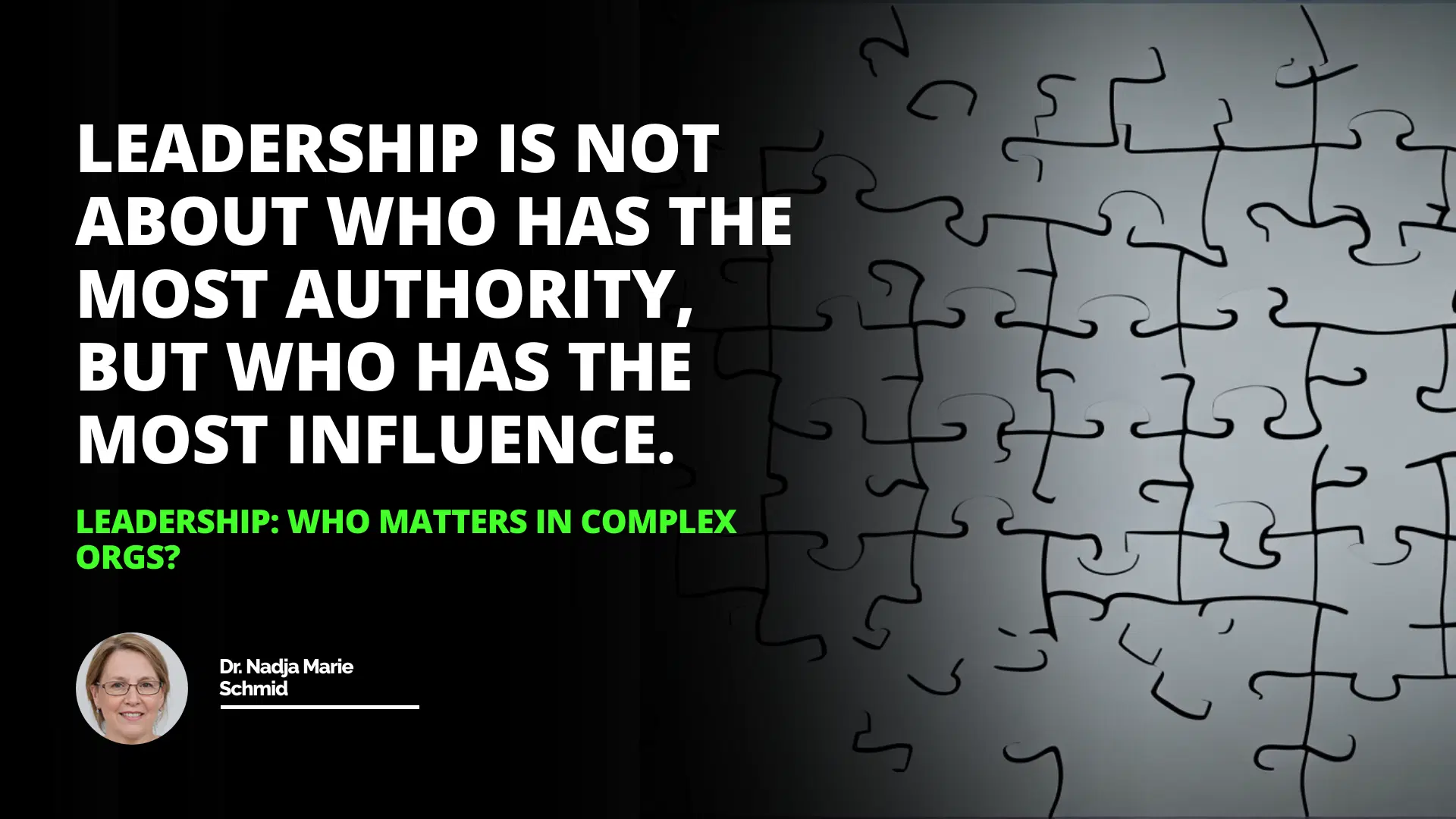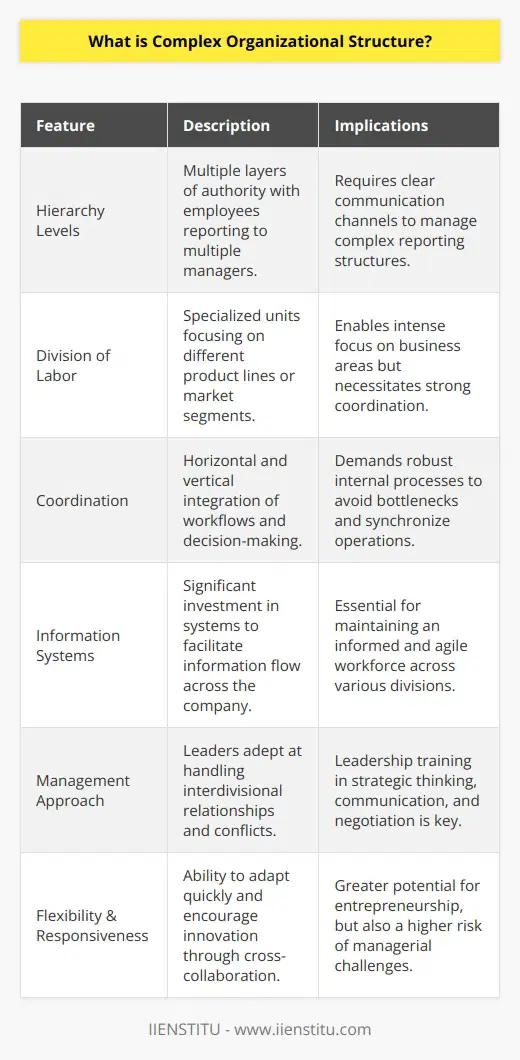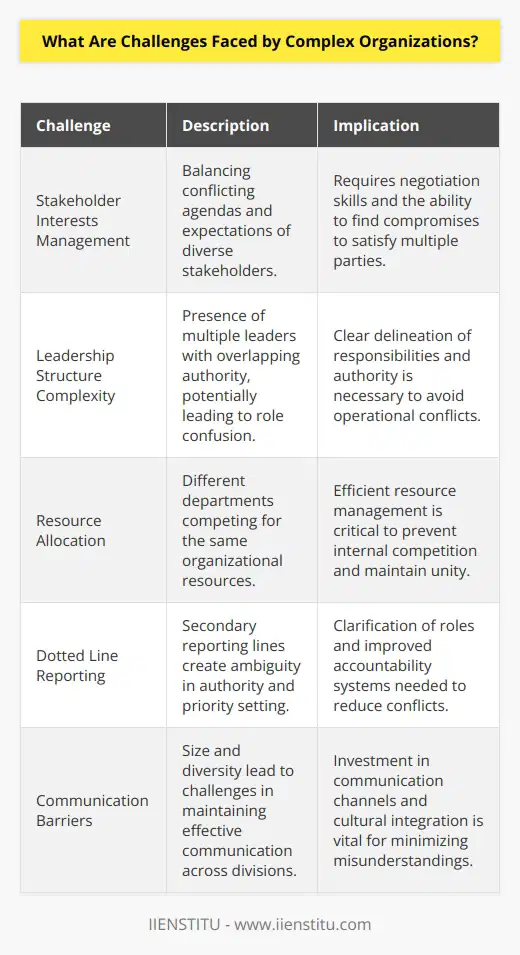
One technique to do this is the "Getting to Yes" approach. By following these steps, it is possible to resolve conflicts and maintain a productive and efficient organization.
Introduction
Definition of complex organizations
Challenges of complex organizations
Example of Leadership Struggle
Product manager's challenge
Related Course: Leadership Course Online
Introduction: Organizations of all sizes and complexities face unique challenges. Complex organizations, in particular, have a distinct set of challenges that require special attention.
These include multiple bosses, shared resources, and dotted lines that can create tension and conflict. In this article, we will look at resolving conflicting directions in complex organizations, focusing on a specific example of a leadership struggle.
Definition of Complex Organizations
A complex organization is divided into multiple layers with numerous departments and teams. These organizations often have multiple bosses, shared resources, and dotted lines that can create tension and conflict. Therefore; it is essential to understand the structure of complex organizations to resolve disputes and ensure that all stakeholders are working together as a cohesive unit.
Challenges of Complex Organizations
The challenges of complex organizations are numerous. Multiple bosses can lead to confusion and conflict over who is responsible for what. Shared resources can lead to competition between departments, and dotted lines can create team tension. It is essential to be aware of these challenges to resolve conflicts and maintain a productive and efficient organization.
Building Strategic Relationships Making a Smooth Executive Transition
Unlocking Niches: Divisional Structure for Successful Corporations
Example of Leadership Struggle
To illustrate how to resolve conflicting directions in complex organizations, we will look at a specific example of a leadership struggle. In this example, a product manager struggled to get his team to run lean experiments. The engineers on the team felt he was asking them to cut corners, and the product manager was unsure how to proceed.
Upon further investigation, Bruce, a coach, discovered that the team's engineering leader emphasized test coverage and documentation. This was at odds with an experimental approach, which typically requires rapid iterations with throw-away code meant only to validate assumptions before designing a more permanent solution.
The solution to Conflicting Direction
In order to resolve the conflicting direction in this situation, Bruce and the product manager had to recognize the different goals of the engineering leader and the product manager. They had to acknowledge who owned the decisions and agree on what was best for the company.
Techniques to Resolve Conflicting Direction
One technique that can be used to resolve conflicting directions in complex organizations is the "Getting to Yes" approach.
This approach involves a series of steps that help to identify the underlying interests of both parties and come to a mutually beneficial agreement.
Conclusion: Conflicting direction is a common challenge in complex organizations. To resolve this challenge, it is essential to recognize the different goals of the stakeholders, acknowledge who owns the decisions, and agree on what is best for the company.
The "Getting to Yes" approach can help resolve conflicting directions in complex organizations. But ultimately, it is essential to remember that the people, not the structure, matter in complex organizations.
Leadership is not about who has the most authority but who has the most influence.

Frequently Asked Questions
What is Complex Organizational Structure?
A complex organizational structure is a type of business arrangement with multiple layers, teams, and departments with various bosses, shared resources, and dotted lines that can create tension and conflict.
This structure allows for greater control in decision-making because the organization can utilize both top-down management and decentralized decision-making at the lower levels.
However, the complexity of this structure also makes it more challenging to manage, requiring effective communication between all levels of management.

What Are Challenges Faced by Complex Organizations?
The major challenge faced by complex organizations is managing conflicting directions from different stakeholders within the business.
Other challenges include managing multiple bosses, which can lead to confusion over who has authority over what; dealing with shared resources, which often leads to competition among departments; and managing dotted lines, which can create tension among teams as they compete for resources or control.
Additionally, communication issues can arise due to differences in expectations or goals across different groups or divisions within the company.

How Can Conflicting Directions be Resolved in Complex Organizations?
One technique that helps resolve conflicting directions in complex organizations is using an approach known as "Getting to Yes."
This approach involves a series of steps that help identify both parties' underlying interests and come to a mutually beneficial agreement.
Additionally, it is essential to recognize the different goals of stakeholders, acknowledge who owns the decision-making process, and agree on what is best for the company to achieve resolution. Finally, communication between all organizational levels is crucial for successfully resolving conflicting directions.


